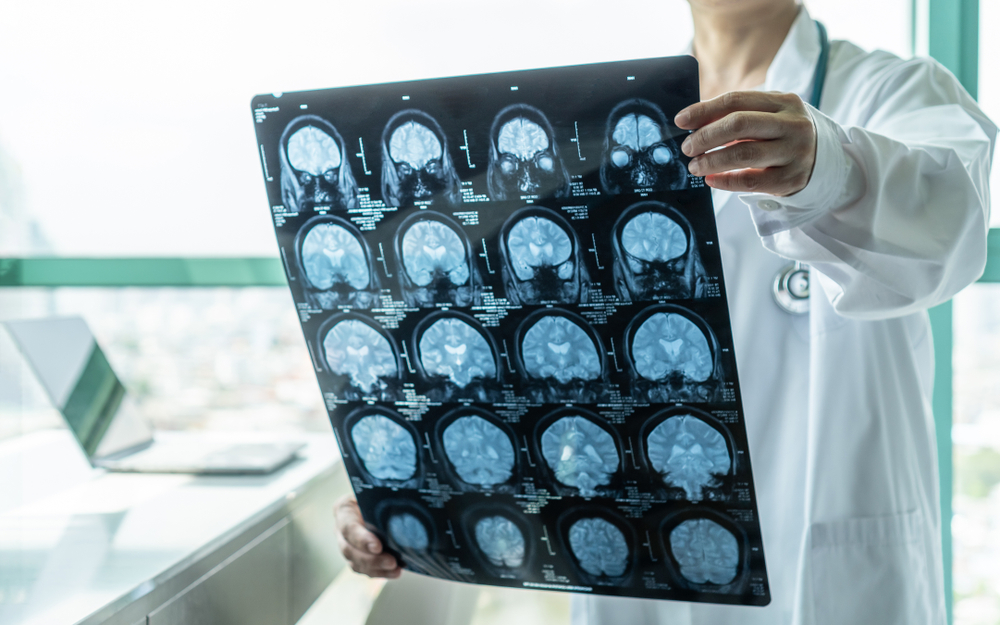Idiopathic basal ganglia calcification is a rare disorder in which calcium accumulates in the brain, primarily in the basal ganglia, the area of the brain that controls movement. Other areas of your brain may also be influenced.
This condition is also known as primary familial brain calcification, and it was previously referred to as Fahr’s syndrome or Fahr’s disease.
People aged 30 and 60 are more prone to develop idiopathic basal ganglia calcification. However, it can affect anyone at any age. Moreover, the majority of persons who have it are in better health before they discover that they have it.


